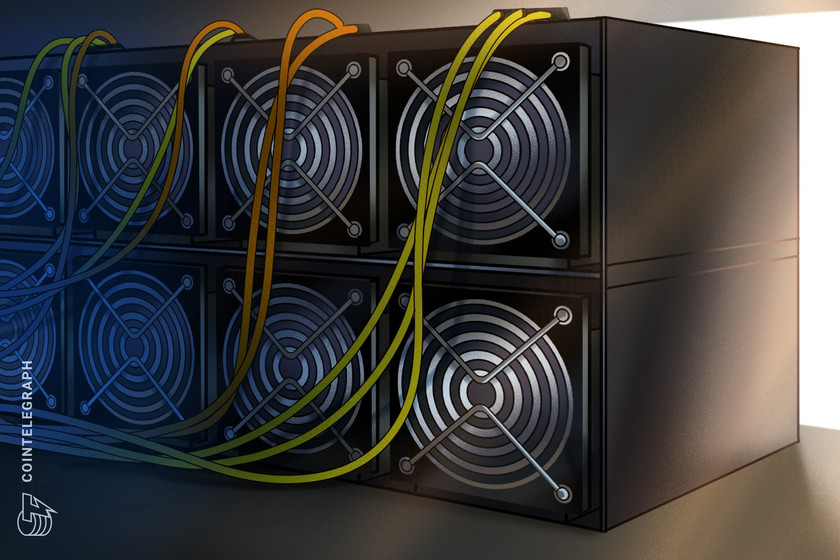Circle CEO ‘able to access’ $3.3B of USDC’s reserves at Silicon Valley Bank



Circle’s earlier disclosure that $3.3 billion worth of USDC reserves were held with Silicon Valley Bank resulted in it losing market share to its competitor USDT.
Circle CEO and co-founder, Jeremy Allaire, confirmed that, as of March 13, the stablecoin issuer has been “able to access” its $3.3 billion of funds held with the collapsed bank, Silicon Valley Bank (SVB).
Speaking with Bloomberg Markets on March 14, Allaire said that he believed that “if not everything, very close to everything was able to clear” from the failed lender.
USD Coin (USDC) — the stablecoin issued by Circle — briefly de-pegged following news that $3.3 billion of its cash reserves were stuck on SVB.
The stablecoin’s dollar peg has since recovered, but mass redemptions of USDC have resulted in the market cap of the stablecoin dropping by nearly 10% since March 11 according to TradingView.


Meanwhile, throughout the same timeframe, USDC peer Tether (USDT) has recorded a slight increase in its market cap since March 11, climbing by over 1% to $73.03 billion.
Related: USDC depegged because of Silicon Valley Bank, but it’s not going to default
The temporarily locked funds had a significant effect on USDC given the $3.3 billion represented less than 8% of the token’s reserves according to its January reserve report released on March 2.
Can never be sure in crypto but, it looks to be ok.
8.25% of Circle’s reserves are stuck… leaving 91.75% of their funds liquid. Even in the case that funds are totally lost, Coinbase will step in to sure up #USDC
Market reaction seems to be just total panic led by recency… https://t.co/vs1junbFys
— tedtalksmacro (@tedtalksmacro) March 11, 2023
The report asserted USDC was over 100% collateralized with over 80% of the reserve consisting of short-dated United States Treasury Bills — highly liquid assets which are direct obligations of the U.S. government and considered one of the safest investments globally.








